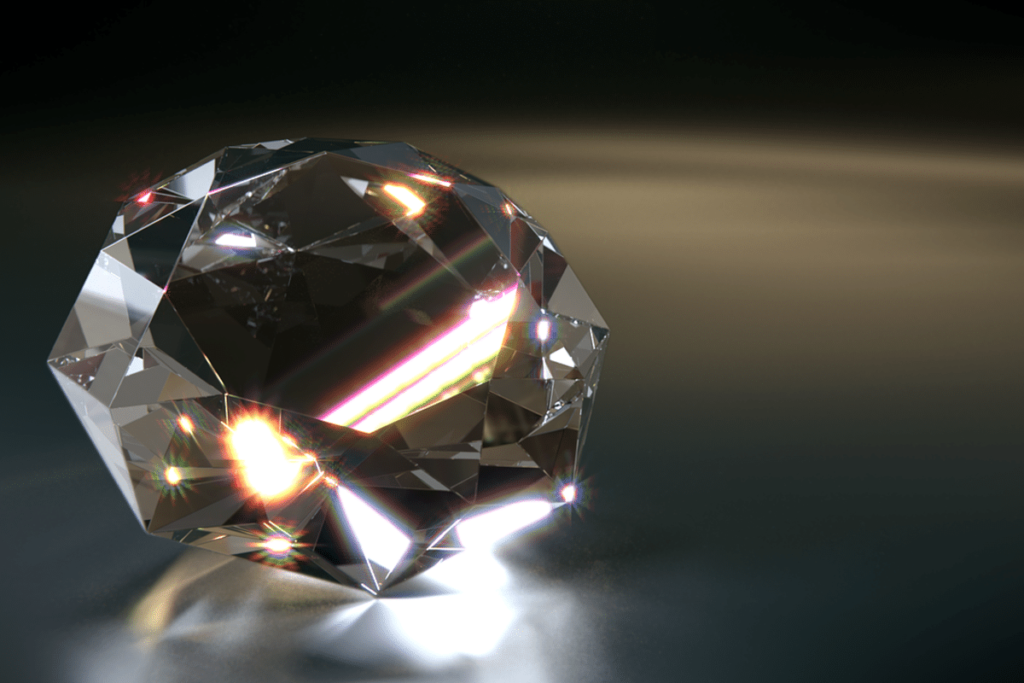They say that nothing compares to the real thing, but is it always true? Most of the time, it probably is. However, depending on the context, there are cases where it doesn’t apply, like when the subject is diamonds. Everybody loves these crystals, and it’s easy to see why. They’re undeniably gorgeous, and they sparkle like no other gem–a quality that adds to their allure.
Natural diamonds take millions of years to form, and this rarity makes them a coveted piece in any jewelry collection. While many would agree that this rareness is what makes them so special, there’s an alternative that’s has risen in popularity in recent years: lab-grown diamonds.
Lab-Grown Diamonds: Are They Worth It?
These days, there’s a ton of hype surrounding alternatives to natural diamonds. If you’re one of the many consumers trying to learn more about them, you’re in the right place. In this comprehensive guide, we’ll explore everything you need to know about synthetic diamonds. We’ll tell you how they form, how they differ from natural diamonds, why they’re worth buying, and more. We’ve rounded up the most common questions you have about this type of gemstone and provide answers down to the last detail.
What Are Lab-Grown Diamonds?
As you can tell from its name, lab-grown diamonds are stones created by scientists inside a laboratory. In terms of composition and appearance, they’re identical to naturally mined diamonds. This means that they also have the same level of hardness. The assumption that lab diamonds are fake diamonds isn’t true; they’re every bit as real as their earth-mined counterparts!
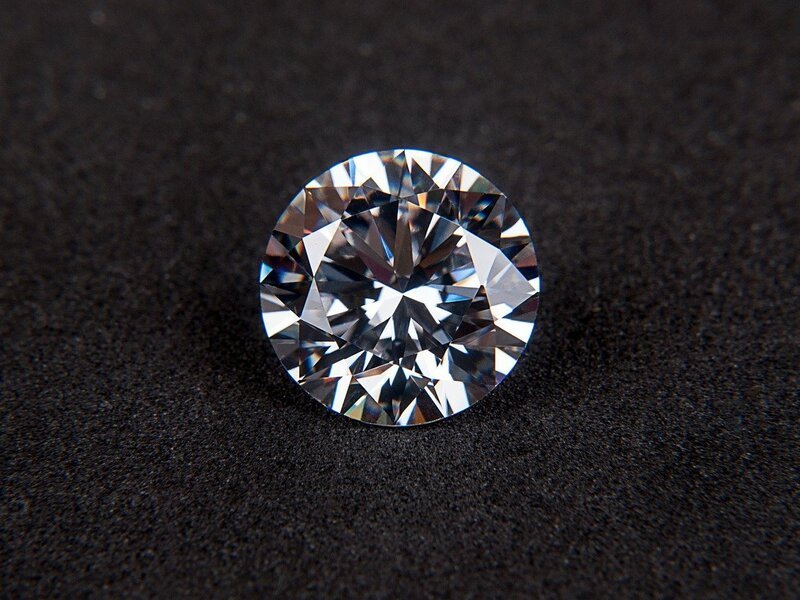
Over the years, manufacturers have come up with different terms to refer to lab-grown diamonds. There are lab-created diamonds, cultured diamonds, engineered diamonds, synthetic diamonds, and man-made diamonds. If you see a crystal with any of these names, know that you’re likely getting a stone grown in a lab.
How Do Natural Diamonds Form?
Before we discuss how lab-grown diamonds are made, let’s first talk about how natural crystals form. Having this information as a point of reference will help you better understand the science behind manufacturing man-made diamonds.
Natural diamonds are created 100 miles or so below the earth’s surface under high-pressure and high-temperature conditions. It’s a process that takes millions of years. The formed crystals are trapped inside an igneous ore called Kimberlite. And when deep-seated volcanic eruptions occur, these diamonds are brought up to the surface. Humans mine the Kimberlite, and the rocks are retrieved through a mechanical process to reveal a rough material called octahedron. This is then cut and polished to produce gem-quality diamonds.
How Are Lab-Grown Diamonds Made?
Now let’s get to the real thing. Cultured diamonds and the science behind them isn’t new at all. They’ve been in production on the industrial level for over 40 years. There are two ways to engineer diamonds: through the CVD method or the HPHT method. Both involve starting with the seed (a flat slither of another diamond).
CVD (chemical vapor disposition) involves placing tiny lab diamond seeds inside a CVD reactor at around 800 degrees Celsius. Then, they add a mix of gases containing carbon at very low pressure. They also employ microwaves to heat the gases and produce plasma. When the temperature reaches over several thousand degrees, the gas molecules separate, and the carbon atoms bond to the seed. The pure carbon then sticks to the diamond seed and gradually crystallizes.
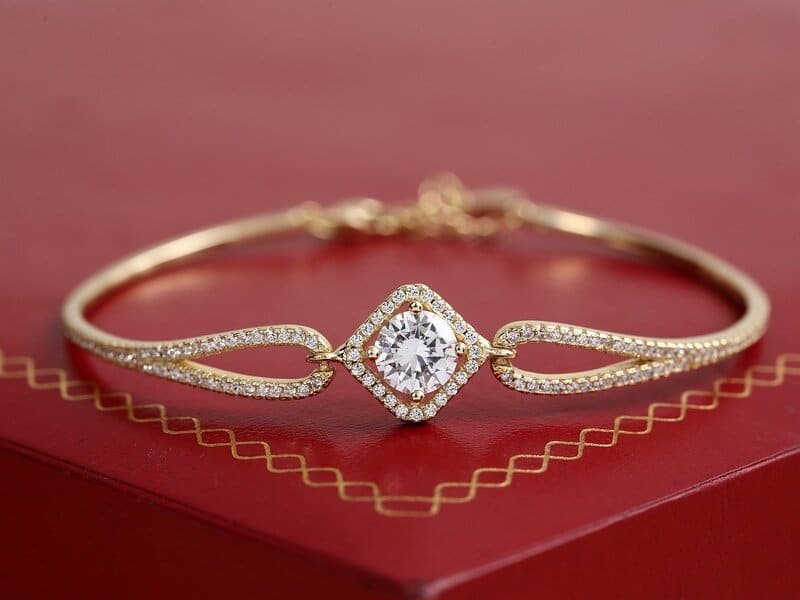
HPHT, which stands for high pressure high temperature, mimics the conditions under which natural diamonds form. The process begins with a tiny diamond seed that is placed into carbon. The seed is then exposed to temperatures of about 1500 degrees Celsius and pressurized to approximately 1.5 million pounds per square inch. The pure carbon melts and begins to form a diamond around the starter seed.
Both of these processes take around four weeks to finish. That’s a considerably short amount of time in contrast to the millions of years it takes for natural diamonds to form!
Can You Tell the Difference Between Lab Diamonds and Real Diamonds?
Lab-grown and natural diamonds look virtually the same, so consumers can’t tell them apart by only looking at them. Even a professional gemologist with a jewelry loupe won’t be able to distinguish which is which. Because of this, some buyers worry that stores will sell them diamonds labeled as natural even when they’re not. However, this is seldom the case. Jewelers know that it’s their responsibility to disclose cultured diamonds as such and strictly follow that rule.
Can a jeweler tell a lab-created diamond? The answer depends on whether the jeweler has specialized equipment to test the diamond. But most probably, they don’t. Usually, only gem laboratories have them.
One of the most common ways to confirm if a diamond is a lab-diamond is through a radiation test. This test involves measuring the patterns of light absorbance across the visible and ultraviolet regions of the spectrum of light. Both HPHT and CVD diamonds show identifiable patterns. Sometimes, fluorescent colors and patterns can also show the difference between real and lab-grown diamonds.
Do Lab-created Diamonds Sparkle Like Real Diamonds?
Yes, they do! Lab diamonds sparkle every bit as bright as real diamonds because their physical properties are the same. This means that lab-grown diamond rings, earrings, and bracelets, will look as stunning as earth-mined stones. If you look up lab-created diamonds reviews online, it will almost always say how identical lab and natural diamonds look. So if you’re particular about a diamond’s ability to dazzle, you’ll certainly get it with a lab-created diamond.
Lab-Grown Diamonds Price
In recent years, the technology behind the creation of lab diamonds has seen crucial advances. These developments have allowed companies to grow higher quality diamonds more quickly and cheaply. According to a report commissioned by the Antwerp World Diamond Centre, it costs $300 to $500 per carat to produce a CVD lab-grown diamond.
Therefore, the price of lab-grown diamonds is significantly lower than their earth-mined counterparts. A man-made diamond can cost 20-40% less than an equivalent quality natural diamonds. Like natural diamonds, we evaluate man-made diamonds using the 4Cs – cut, clarity, color, and carat–so their price variations will depend greatly on these factors.
What Is A Diamond Certification?
Now, let’s talk about paperwork related to diamonds.
A diamond certification is a report from an independent gem laboratory (not affiliated with the jeweler) that describes a diamond’s characteristics. It involves an entity testing and evaluating the diamond properties and issuing a written report of their findings. Each certificate has its own number, which is kept on file at the gem lab. It’s common for certified diamonds to contain a microscopic laser inscription of their certification number on its girdle. This proves especially helpful in instances where the certificate is lost or stolen.
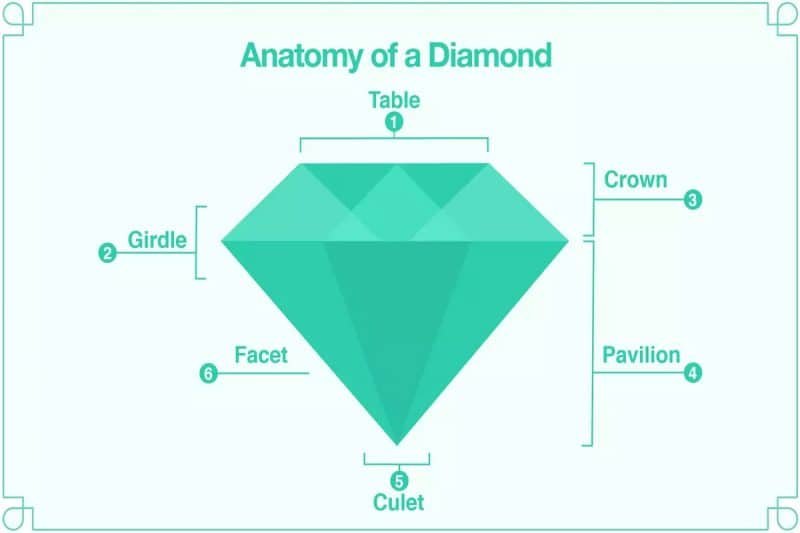
Is a diamond certification important?
Yes, they’re essential for several reasons. A certificate contains vital information about your diamond, including if it’s natural or lab-made, or if it underwent any treatment. Having certification will prevent difficulties in the instances that you resell your stone, loan against, or replace your diamond in case of a loss. These reports also contain unbiased opinions about the quality of your gem from a credible entity. Of course, you can trust what’s written on paper more than what a jeweler or appraiser could tell you.
Diamond jewelry is one of the most expensive purchases you can make in your life. Therefore, you should choose a stone with a diamond certificate; it’s one of the best ways to protect your investment.
Are there GIA-certified lab-created diamonds?
Yes. GIA has been grading lab-made diamonds since 2007. We hear and see the term GIA a lot when we’re jewelry shopping, and there’s a good reason. The Gemological Institute of America is the most reputable diamond grading entity in the world. The GIA boasts of the strictest grading ethics. They also constantly research diamonds and gemstones, develop diamond testing equipment, and train graduate gemologists. A GIA certification is sought after in the jewelry realm because of its high-quality grading.
What’s in a GIA certification?
The GIA Laboratory-Grown Diamond Report will clearly identify if your diamond is man-made or lab-grown. It includes the standard GIA color, clarity, and cut grading scales for reference purposes. In terms of color and clarity, the entity uses descriptive ranges rather than the specific grades of the color and clarity scales.
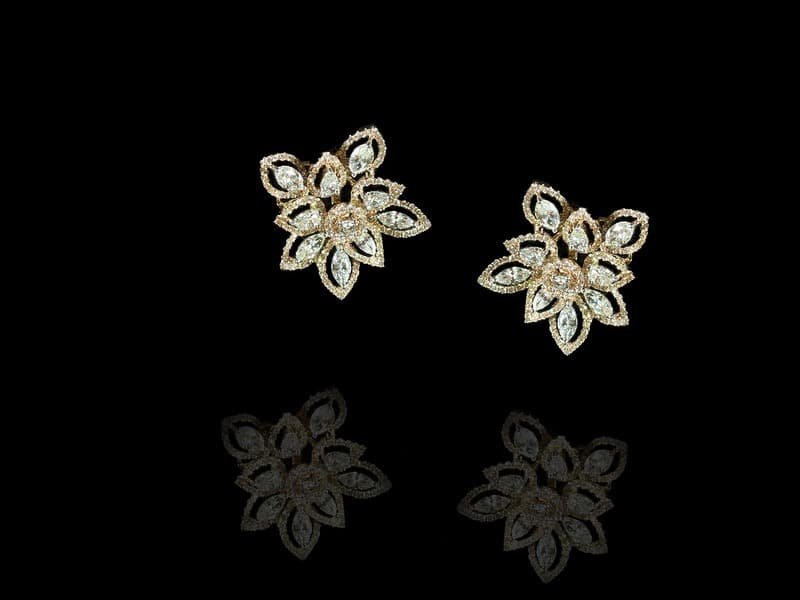
To report color grades, GIA uses the terms colorless, near colorless, faint, very light, and light. For clarity, the institute uses flawless, internally flawless, very very slightly included, very slightly included, slightly included, and included. For the cut grade, the range is from excellent to poor. The report also indicates if there are detected clarity treatments in the man-made diamonds.
Are Lab-Grown Diamonds Worth the Money?
If you’ve reached this point, I’m assuming you already know a lot about lab diamonds. But the ultimate question remains: are lab-grown diamonds worth buying? To answer this, let’s take a look at the benefits you get from purchasing one.
Benefits of owning lab-made diamonds
Eco-friendly
If you’re a staunch advocate for the environment, you’ll surely pick loose lab-created diamonds over earth-mined ones. It’s no secret that the mining of any natural resource has a significant impact on the environment. In fact, some diamond mines are so massive, they are visible from outer space! Mining also requires immense amounts of fossil fuels to extract gems using heavy machinery. Although diamond companies have taken steps to minimize their impact on their surroundings, it doesn’t change the fact that there is still harm being done.
In contrast, creating diamonds in the lab takes significantly less energy and resources than digging it out of the ground. In fact, growing lab diamonds is becoming more sustainable every year. Many diamond manufacturers are using renewable energy to produce diamonds. Numerous diamond growing facilities also have built-in locations where renewable power is readily available.
Less expensive
Even if lab diamonds are less expensive, it doesn’t mean that they’re cheap. The capital cost for lab-created and earth-mined diamonds are quite similar. This means that the costs involved in cutting, polishing, and inspecting cultured and natural diamonds are exactly the same. However, up to that point, the costs and processes are starkly different.
Natural diamonds have a long supply chain. Miners, distributors, cutters, polishers, jewelry manufacturers, and retailers are involved in transforming raw diamonds into retail-ready gemstones. On the other hand, lab-grown diamonds skip the mining process. In other words, man-made diamonds touch fewer hands, making it ultimately less expensive.
Ethical
Several years ago, the exposure of unethical production practices in the diamond mining industry was exposed. These diamonds, also known as blood or conflict diamonds, funded violence and exploited miners and their families. It wasn’t until the Kimberley Process was established in 2000 that these unethical practices were considerably reduced. Now, experts estimate that 99.9% of natural diamonds are now conflict-free.
However, if you want to be absolutely sure of the origins of your diamonds, then lab-created ones are the way to go.
Lab-grown Diamonds Vs. Real Diamonds: Which is the Wiser Purchase?
As lab-made diamonds continue to gain popularity, consumers will be asking themselves this same exact question. But, of course, the only one who can answer it is you, the buyer. You have to evaluate what matters to you so that you can make a wise decision.

While they’re chemically and optically the same, the only glaring difference between lab-grown and real diamonds is their origins. You may pick an earth-mined diamond because of the sentimentality it carries. After all, they’re nature’s miracles, and the time it took for them to form makes them a rarity. On the other hand, a lab-created diamond is an attractive option because of its cheaper price tag and its cruelty-free origins.
What you ultimately choose will depend on your values and preferences, so make sure that you weigh all the important factors before you make a purchase. Also, make sure to pin this guide on your phone’s browser, so you can look back on it the next time you go shopping for these sparkly gems!
If you have a special occasion coming up, you might want to check this guide we created on how to wear your jewelry like a pro.
